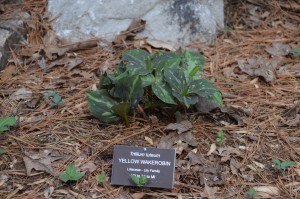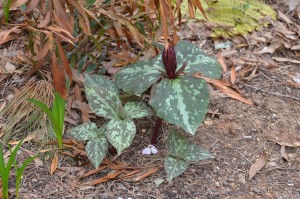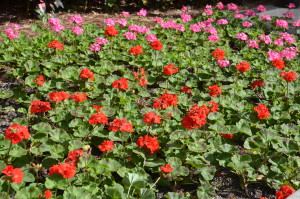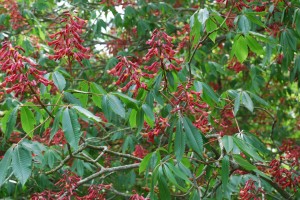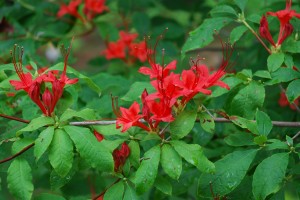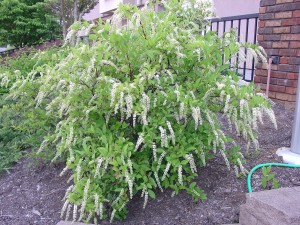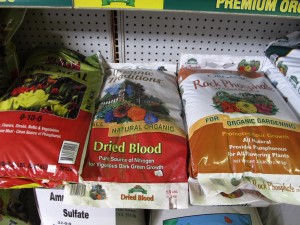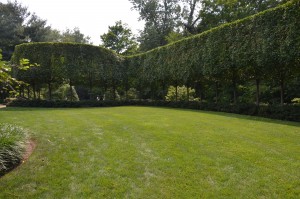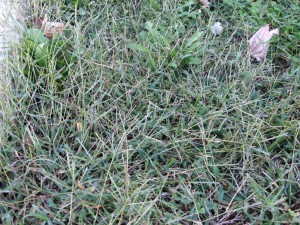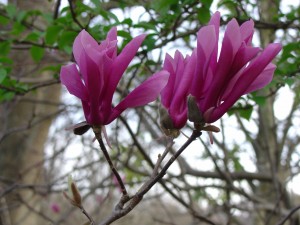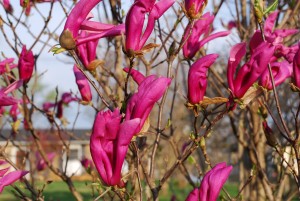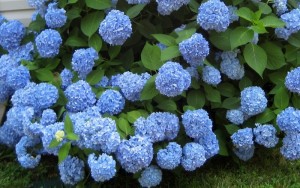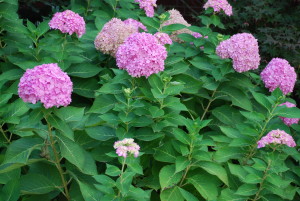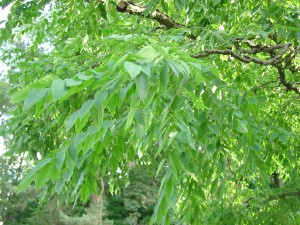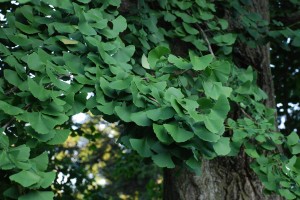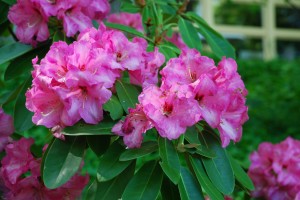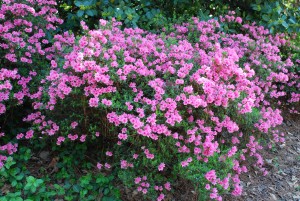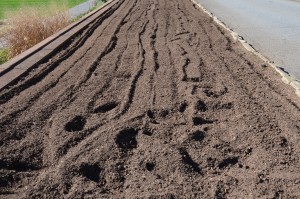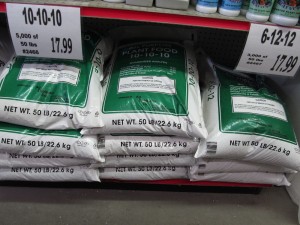Trilliums (Trillium spp.) are the beloved native wildflower around the world. Many species are native to the U.S. Five popular U.S. species are great white trillium (T. grandiflorum), yellow trillium (T. luteum), prairie trillium (T. recurvatum), drooping trillium (T. flexipes), and sweet Betsy trillium (T. cuneatum).
For 8 months and more, trilliums are ephermerals or “ghost plants”. Here in the mid-South (USDA hardiness zones 6 -7), they make their appearance in early April and stay around for 8-12 weeks. By the mid-July all evidence of trillium flowers and vegetation has disappeared. Some species may produce bigger and showier flowers, but all exhibit 3 leaves, 3 petals and 3 sepals.
They’re easy to grow and are a long-lived perennials when properly sited in the shady spot or woodland garden. Give them a place of their own where they will be left undisturbed for many years. Trilliums prefer a semi-shaded locale in organically rich, moist, well-drained soil. Prior to planting, amend the soil with loads of well-rotted compost, rotted leaf litter, etc. Keep the area moist in the spring and be patient because new trilliums from seeds may take 6-8 years to initiate flowers. Once the spring flowering cycle has begun, look for them to return and bloom annually.
Keep the bed weeded and add 1-2 inches of an organic mulch annually; feed the area every 1 to 2 years with small amounts of an organically based fertilizer or well-rotted (seed-free) manure. In late winter rake off most accumulated leaf and twig litter as it may prohibit trilliums from poking through. That’s it!
Trilliums may take 7-8 years when started from seed to flower. You do not find them for sale at local garden center,s and some gardeners believe that plants are expensive. This was true until 10 years ago. New methods in propagation have reduced the grower’s production time and plant costs. Often, plants will start blooming within 2-3 years.
Two native e-commerce plant nurseries that sell 2-year old trillium seedlings are Sunshine Farm in Renick, WV and Sunlight Gardens in Andersonville, TN.

